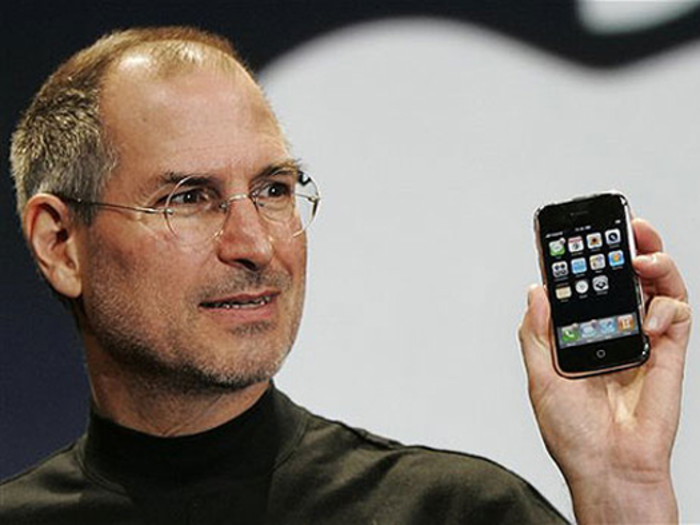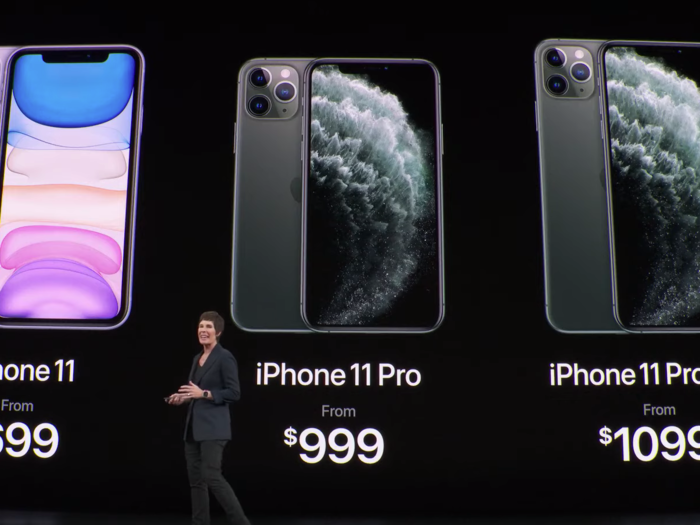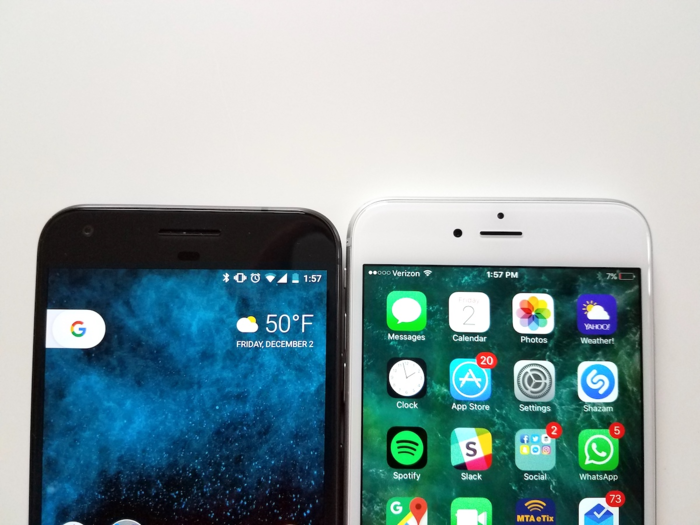- Home
- slideshows
- miscellaneous
- Google has adopted the smartphone formula that made Apple's iPhone so successful in the first place
Google has adopted the smartphone formula that made Apple's iPhone so successful in the first place
Android 10 is a departure from past versions.

Google’s Pixel phone prioritizes simplicity more than most Android devices.
On its own Pixel phones, Google provides one of the most pared-down, minimal Android experiences available. Rather than having a "skin," or the app-heavy software layer than sits atop Android preferred by most third-party Android device-makers, Pixel phones prioritize Google's suite of apps, like Google Photos, Gmail, Maps, and more.
This has become a selling point among Android users — even among those running Android on third-party devices, many have opted to ditch third-party apps and simplify their home screens to more closely resemble the Pixel's interface.
This approach harkens back to Apple’s original iPhone strategy.

As it moves to simplify Android and provide a streamlined experience on the Pixel, Google is taking pages from the playbook Apple used during the iPhone's early days.
More fundamentally, Apple distinguished itself from other cell phone makers early on by presenting users with a single product that "just works." By contrast, Nokia offered users over 100 different phones to choose from at the time that the first iPhone was unveiled.
While Android can be run on third-party devices, Google has followed Apple's lead with its own hardware — each generation of Pixel smartphone has offered just two models, one being an XL version. (Google also recently unveiled a cheaper version of the Pixel 3 labeled the Pixel 3a, which has a slightly slower processor but similar functionality.)
Both companies provide affordable models, but Apple is giving consumers more and more options to choose from.

In recent years, Apple has widened the number of iPhone models per generation that are available to buy.
This trend started back in 2013, when Apple unveiled the iPhone 5S as well as the iPhone 5C. Fast-forward four years, and Apple launched three phones at once: the iPhone 8, iPhone 8 Plus, and iPhone X.
At the same time, Apple continued selling older devices on its site, a trend that continues today: Apple unveiled the new iPhone 11, iPhone 11 Pro, and iPhone 11 Pro Max on Tuesday, and altogether, it's now selling five iPhone models on it's website.
But the broad range of available models allows Apple to reach users with different needs and income levels, much like Nokia's strategy at the time the first iPhone was unveiled. Doing so also allows the tech giant to better compete in growing markets like India and China.
More broadly, iOS and Android keep borrowing heavily from each other.

Across the board, Apple and Google are rolling out features on their mobile operating systems that strongly resemble one another.
When iOS 13 launches on September 19, it will include a new swipeable typing feature, similar to Google's swipeable keyboard known as Gboard. Apple is also rolling out an AI-powered reminders feature in iOS 13, similar to the Google Assistant app. Both Android 10 and iOS 13 will include a new dark mode feature, and the new lineup of iPhones' Night Sight feature resembles camera software on the Pixel 3.
But now that the smartphone market has contracted, there's no telling which strategy will pay off. Apple's wide range of offerings, including less expensive iPhones, seems to working: CEO Tim Cook announced during Tuesday's keynote that the iPhone XR, Apple's $750 offering from 2018, had become the most popular iPhone and the most popular smartphone in the world.
But Google's Pixel strategy has worked, too: The company reported in July that it doubled Pixel sales year over year.
Popular Right Now
Advertisement